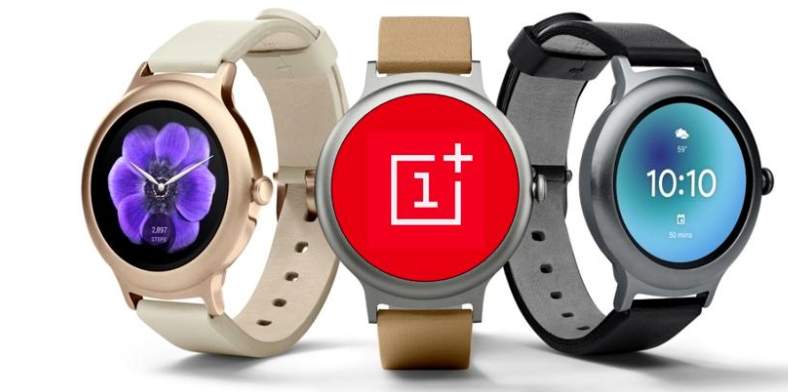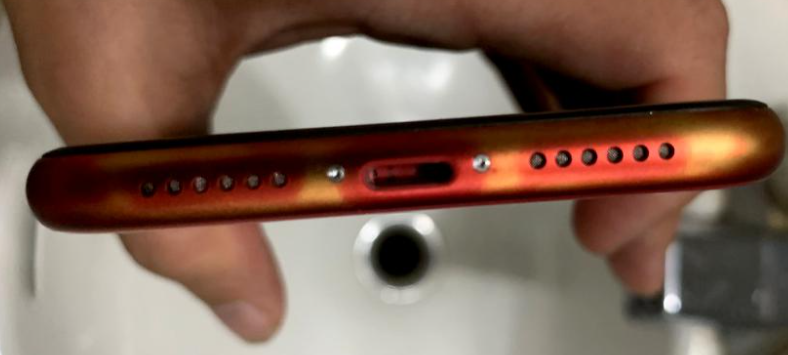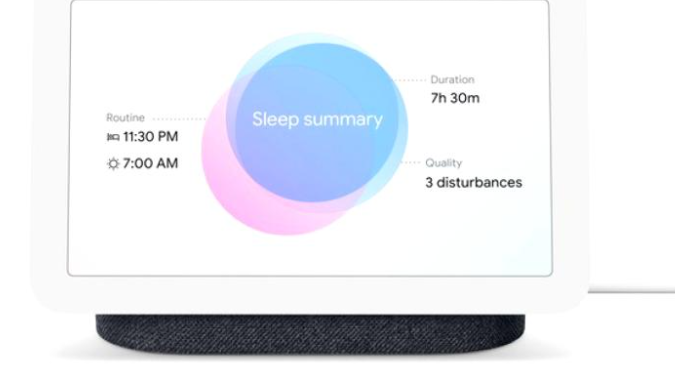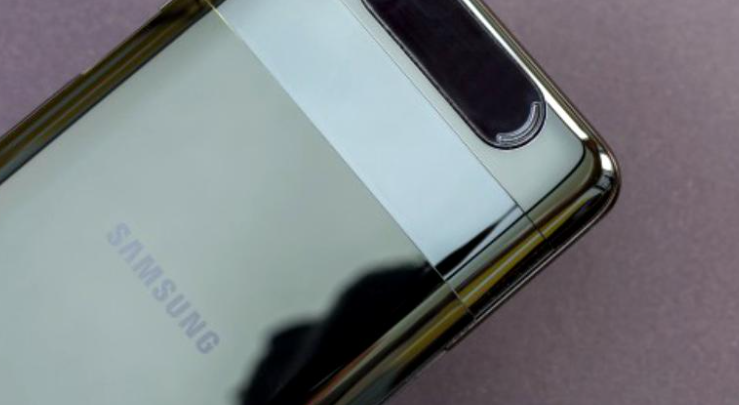
In an effort to deliver a credible alternative to rival platform TikTok in record time, Google has failed to seek the consent of YouTube creators to use the content uploaded to the platform when generating YouTube Shorts videos.
Apparently, the strategy used by Google is that any YouTube clip can have an equivalent version on YouTube Shorts, self-generated and published as long as the author does not expressly disagree. And maybe the strategy would have worked if Google had implemented this per-channel setting and not per-clip YouTube.
More and more YouTube creators are complaining that the video sharing platform automatically ticks the distribution of content on YouTube Shorts, the TikTok clone, without their consent. Complicating matters further, Google has implemented the permission box directly in the edit menu of newly uploaded videos for publication. By default, the setting “allows users to create short posts using parts of the video for YouTube.”
The problem is that there is no channel-level option to give up self-generating YouTube Shorts videos, so creators who don’t want to “benefit” from this feature have to uncheck this setting for each clip. Complicating matters further, not all videos are eligible to be excluded from YouTube Shorts, as the motivation is not clear to their authors.
Most likely, the abuse committed by Google will materialize in a litigation against the company, the cost of a possible class action will be weighed against the possible success of the YouTube Shorts platform, against the rival TikTok.
Still in beta testing, the YouTube Shorts platform is trying to compete with rival TikTok, exploiting the huge base of YouTube creators to create a new and exciting content base. The strategy, oriented towards the final result, ignores the organic demand from the target audience, in the idea that a critical mass of users will be obtained by populating the platform with self-generated content based on an already popular platform, YouTube.





